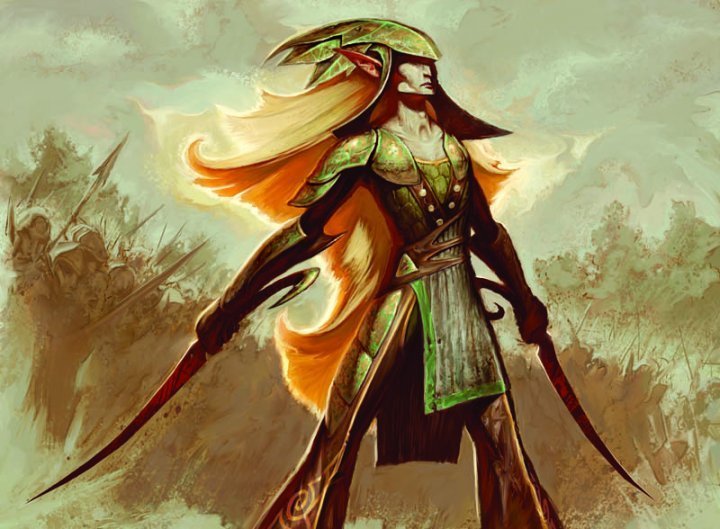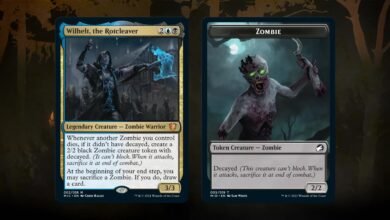Forestwalk is a popular ability in the collectible card game Magic: The Gathering. It allows creatures to move through forests unimpeded, making them difficult to block and increasing their potential for damage. But how exactly does forestwalk work? And what are the rules associated with it?
First, let’s define what a forest is in Magic: The Gathering. A forest is a specific type of land card that produces green mana. Forests are also considered “basic lands,” which means they can be used in any deck without restriction.
Now, onto the rules of forestwalk. A creature with forestwalk can’t be blocked if the defending player controls a forest. This means that if your opponent has a forest in play and you attack with a creature with forestwalk, they can’t block it with any of their creatures that don’t have forestwalk themselves.
It’s important to note that forestwalk only works against forests specifically. It doesn’t work against other types of lands, such as plains or mountains. And if a defending player controls multiple forests, a creature with forestwalk can still only be blocked by creatures with forestwalk or reach. Additionally, if a creature gains forestwalk after it has already been blocked, the blocking creature remains blocked. Forestwalk only affects creatures at the moment they are declared as attackers.
Overall, forestwalk can be a powerful ability in Magic: The Gathering, especially in decks that focus on green mana and forests. Understanding the rules associated with forestwalk can help players make strategic decisions in their games and potentially lead them to victory.

 Mig Switch Flashcard, everything you need to know about it
Mig Switch Flashcard, everything you need to know about it Understanding Suspend: MTG Rules
Understanding Suspend: MTG Rules Battle: MTG new card type; understanding how to use it
Battle: MTG new card type; understanding how to use it Understanding Decayed: MTG rules
Understanding Decayed: MTG rules